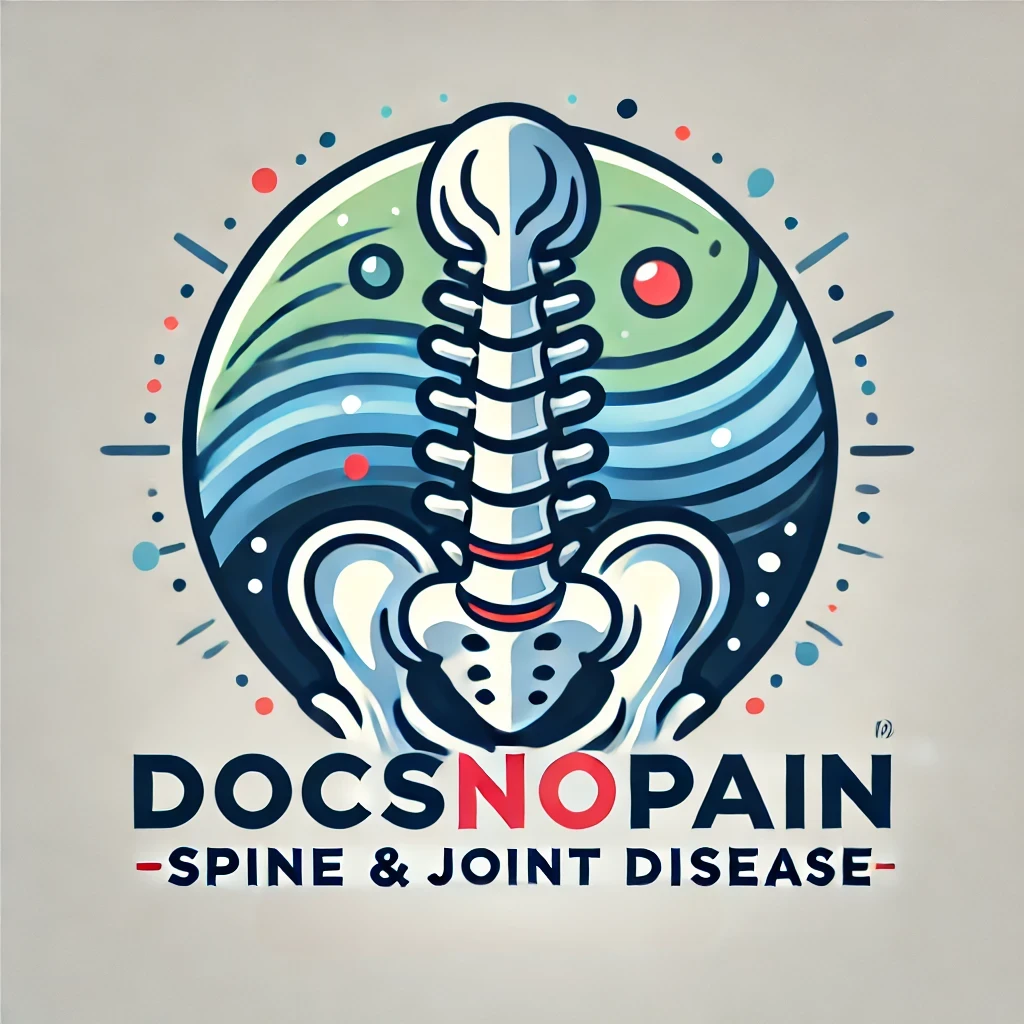
What Is Disc Replacement Surgery?
Disc replacement surgery involves taking out an old damaged disc and replacing it with an artificial disc. The goal is to replicate the form and function of the spine’s natural disc, so you can move normally again.
During the procedure, a small incision is made over the affected disc area from the front of the spine. The damaged disc is removed in order to relieve pressure on the spinal cord and nerve roots that are causing the pain. Once the damaged disc is removed, the artificial disc is implanted and secured.
A disc replacement is an alternative to spinal fusion surgery, which involves removing the disc and “fusing” the two neighboring bones together.
Frequently Asked Questions
Disc replacement might be needed when some experience significant low back pain due to disc injuries or degenerative spinal discs. It’s most commonly performed in the lumbar spine (lower back) because this is where we typically find painful degenerative discs. A disc replacement may be helpful for patients suffering from:
- Herniated discs
- Sciatica
- Degenerative disc disease
That said, not all patients with chronic low back pain or damaged discs are suitable for disc replacement surgery – your specialist can talk you through all the options available, depending on your condition and medical history.
You might be a candidate for disc replacement surgery, such as a lumbar disc replacement, if you meet the following criteria:
- You have severe or unremitting back pain
- You’ve had this back pain for more than six months
- Your pain comes from one or two specific spinal discs
- There’s no previous spinal cord injury
- There’s no evidence of significant nerve root compression or joint disease
- You don’t have a pre-existing spinal condition such as scoliosis
The recovery time varies depending on individual patients.
After the procedure, you will be monitored in the hospital for a day or two. It’s generally advised you start standing and walking gently within the first few days of disc replacement surgery to keep your spine and muscles mobile.
Once you’re deemed fit to go home, you will probably need to restrict some movements for a short period. Your specialist will discuss your rehab and recovery needs before you’re discharged; however, it’s usually advised you should avoid extending (arching) your back for a few weeks at least until your back heals.
Recovery can take a few months, depending on how quickly your body heals. However, recovery from disc replacement is quicker than with some other back surgeries.
No procedure is 100% effective; disc replacement surgery is no exception. Although disc replacement surgery may reduce your pain, there’s a chance it won’t eliminate it completely. The surgery does not prevent you from developing further spinal conditions in the future, either, so it’s important to remember there’s no guarantee you won’t experience pain at a later date.
Disc replacement surgery has, on average, between a 50% and 90% success rate depending on the candidate. Our team has helped many patients resolve their pain through spine surgery – contact us for more information or to arrange a consultation.

